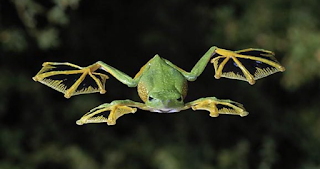Computer use worldwide❍
In 1943 Thomas Watson, the chairman of IBM, made one of the least accurate predictions ever. He said, "I think there is a world market for maybe five computers."
There are currently over one billion personal computers around the world. Forecasts for 2007 estimate that by then there will be 162 computers in use for every 1,000 people on the planet. The figure for a few countries is abundant higher. In the United States of America, there may be as many as 831 per 1,000 people.
1985 1990 1995 2000 2002 2007
PCs (total in millions) 31.4 98 226 523 663 1,069
PCs per 1,000 people 6.5 18.7 40 86.2 106.4 162.1
Internet Milestone❍
In a little over 10 years, the Internet has become a global phenomenon. In 1995 it had been employed by about 45 million people around the world. By 2006 the figure had quite doubled to 1,018,057,389. By the time you read this, this figure will have hyperbolic..
The 1960s
During the 1960s scientists in the USA began attempting to work out how organizations could detain bit with one another after a nuclear attack. In 1965 ARPA (Advanced Research Projects Agency) advised linking computers. In 1969 computers at four US universities were connected and were able to "talk" to every alternative for the primary time.
The 1970s
The network was extended and in 1973 computers were connected between London and Norway. At the same time, electronic mail (e-mail) was getting used more and more to send messages between computers. In 1976 Queen Elizabeth II became the first monarch to send an e-mail message. In 1979 the first Usenet newsgroup (online discussion groups) began.
The 1980s
By 1981 the ARPA network had 213 hosts (sites to which users could connect). A replacement host was added approximately every 20 days. In 1982 a typical language referred to as TCP/IP was fictitious that allowed all Internet computers to communicate with each other and the network was first called an INTERNET. In the 1980s many more individuals and businesses began to use computers. The Internet began to be used commercially, in additiona as by governments and Universities.
The 1990s
In 1991 the World Wide Web (www) was created. It combined words, pictures, and sounds in a system that ordinary people might simply perceive and use. By 1994 approximately 40 million people were connected to the Internet. They might exchange information, sell goods, and work from any computer with a phone line. The Rolling Stones rock group even broadcast a concert over the internet. Schools started using the Internet as an electronic library. By 1996 users in almost 150 countries around the world were connected to the Internet.
The 2000s
High-speed broadband and wireless access are currently widespread and more and more businesses are using the Internet to promote and sell products and services, In 2001 there were 533 million Internet users worldwide. Experts predict that by 2007 about 1,460 million people will be using the Internet.


















